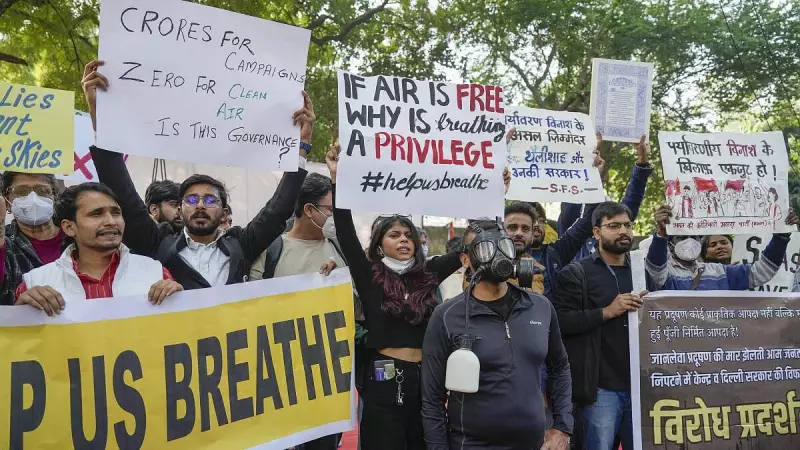
Delhi residents woke up to another day of hazardous air quality on November 19, 2025, with pollution levels remaining firmly in the 'very poor' category according to latest data from the Central Pollution Control Board (CPCB).
Understanding Delhi's Air Quality Crisis
The national capital continues to struggle with deteriorating air quality, showing no signs of improvement despite various measures. The CPCB monitoring systems recorded air quality index values that consistently fell within the 'very poor' range, indicating serious health concerns for the city's inhabitants.
According to the CPCB's classification system, an AQI between zero and 50 is considered 'good', while 51 to 100 falls under 'satisfactory'. The scale progresses to 'moderate' for readings between 101 and 200, then 'poor' for 201 to 300. The current 'very poor' category represents AQI values ranging from 301 to 400, with the most severe classification of 401 to 500 labeled as 'severe'.
What the AQI Categories Mean for Public Health
The persistent 'very poor' air quality poses significant health risks to Delhi's population. Medical experts warn that prolonged exposure to such pollution levels can lead to respiratory illnesses, aggravated asthma, and cardiovascular problems. Children, elderly citizens, and those with pre-existing health conditions remain particularly vulnerable.
The current situation demands immediate attention from both authorities and citizens. Health advisory recommends limiting outdoor activities, especially during morning and evening hours when pollution concentration typically peaks. Using N95 masks and air purifiers has become essential for those who must venture outside.
Looking Ahead: The Path to Cleaner Air
Environmental specialists emphasize that comprehensive measures are needed to address Delhi's perennial pollution problem. The combination of vehicular emissions, industrial pollution, construction dust, and seasonal factors like stubble burning has created a complex challenge that requires multi-pronged solutions.
The data recorded on November 19, 2025 serves as another stark reminder of the urgent need for sustainable environmental policies and stricter implementation of pollution control measures. As Delhi continues its battle for cleaner air, citizens await concrete actions that will bring lasting relief from the hazardous pollution levels.





